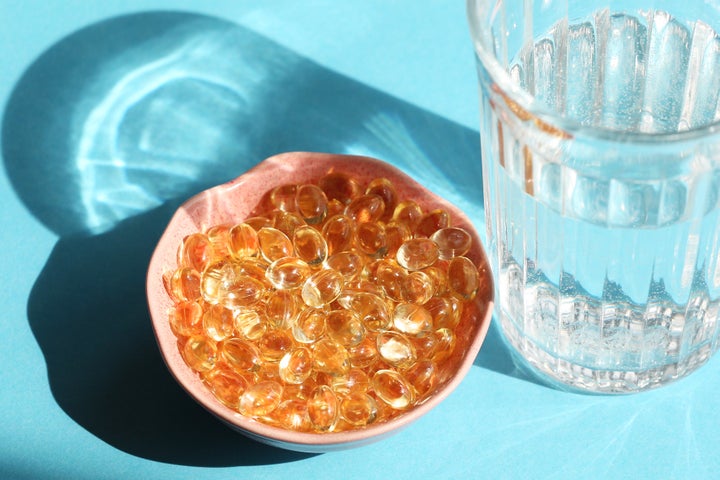
Do you take vitamin D supplements and if you so, how often? If you’re Gen Z and haven’t started, you might want to look into it – at least during the winter. Because, according to a new study, Brits in their twenties are now twice as likely to have a vitamin D deficiency than their grandparents.
The research by health test provider YorkTest found that 42% of British twenty-somethings now have a vitamin D deficiency, compared to just 21% of those in their 60s and 12% of those aged 70 and above.
Most people – at least from March to September – are naturally able to produce enough vitamin D through exposure to direct sunlight outdoors, the NHS says. But once the clocks have gone back and we’re getting less than eight hours of sunlight a day, it’s a different matter.
Science suggests that ageing usually impacts how easily our body is able to assimilate vitamins, making Gen Z’s deficiency all the more noteworthy.
However, the rise in working from home means that many younger people are spending less time outside than ever before to experience the benefits of exposure to direct sunlight, say some experts.
“It’s possible that changes to lifestyle habits such as remote working has led more younger people to spend significant amounts of time indoors,” Dr Gill Hart, scientific director at YorkTest, commented.
“As a result, they’re not reaping the benefits of going outside as you might get on a commute to and from work. As we head into winter it’s critical that everyone – regardless of age – continues to head outdoors as much as possible.”
Vitamin D has various health benefits for core functions of the body including bone health, as well as the prevention of depression and anxiety, heart disease and hair loss.
So, in the autumn and winter months, it’s good to ensure levels don’t drop off – although it’s worth noting that new research shows the health benefits of vitamin D may have been overstated for those who are otherwise healthy and not at increased risk for certain bone conditions.
How to get more Vitamin D
According to the NHS, adults and children from the age of one need 10 micrograms of vitamin D a day (this includes pregnant and breastfeeding women, and people at risk of vitamin D deficiency).
Babies up to the age of one need 8.5-10 micrograms of vitamin D a day.
“While it may sound like a cliche, getting outside during your lunch or breaks throughout the day really does have its benefits both physically and mentally. However, if you are struggling, there are other ways to boost your vitamin D levels and should be considered,” Dr Hart says.
Supplements can also boost your intake, but the foods listed below are some of the highest in vitamin D and should form a staple part of your diet, she added.
Cod Liver Oil – 1,360 IU* per 1 tablespoon
Trout – 645 IU for approx 35g
Salmon – 526 IU for approx 100g
Mushrooms – 130-450 IU per 100g treated with UV light
Cow’s Milk – 120 IU per 237ml if vitamin D fortified
Almond, Soy, & Oat Milks – 100-144 IU per 237ml if vitamin D fortified)
Sardines – 46 IU per two sardines
Eggs – 37 IU per egg yolk
Beef Liver – 42 IU per 85g
Tinned tuna – 268 IU per 100g
Cheese – 17 IU per 43g of cheddar
(10 IU / international unit = 1 microgram of vitamin D)
Winter calls for us to take greater care of ourselves and each other at this time of year, from our health and homes to our headspace and matters of the heart. Whether you’re seeking motivation or hibernation, HuffPost UK’s Winter Well series is here to help you through the short days and the longer months.
